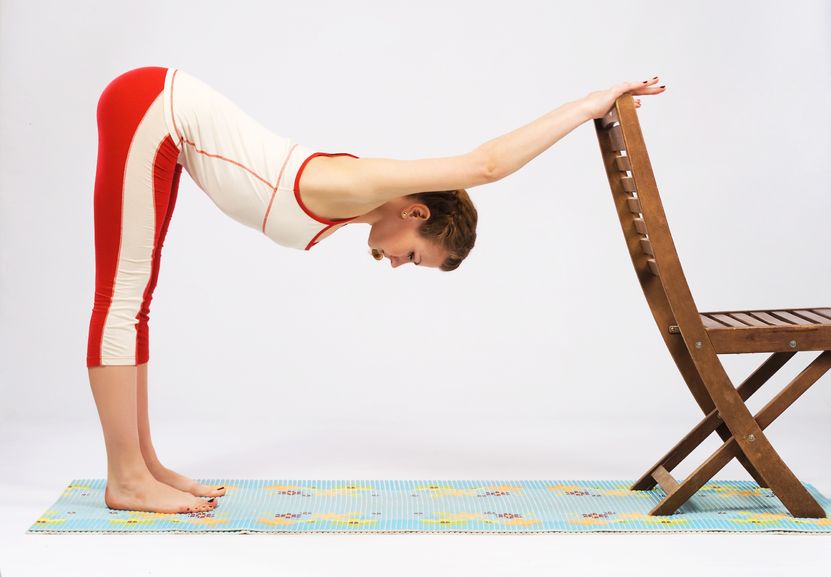Note that your final mark will not be saved in the system.
D2.4 and D2.5 Training Methods for Core Stability and Flexibility Typeit
Type the correct answers into the spaces. Fill all the spaces before clicking ‘Check Answers!’

Flexibility is the range of available at a joint. It is an important component of fitness due its ability to better protect against sprains, strains and muscle tears, allowing the performer to be confident in attempting sporting actions without fear of getting injured. Therefore, a better understanding of the training methods to improve flexibility is needed. There are two main types of flexibility training:
1. stretching – The range of motion maintained when holding a still body position. This can be further split into:
- flexibility – Involves the individual being in control of their movement. This is encompassed by all stretching activities that are held in position only by using an individual's own body, such as stretching of the hamstrings by touching the toes, keeping the legs straight.
- flexibility – Involves external assistance to help the individual through their movement. This includes the use of apparatus such as resistance bands or using a partner to as support.
2. stretching – The level of flexibility when performing a quick movement which takes the joint beyond its normal range of motion.
is one such technique used to move the joint beyond its normal range of motion. This is performed by the individual actively stretching the muscle or muscle group before isometrically contracting the muscle against a partner for resistance. The partner then passively stretches the muscle beyond its normal range of motion, extending the stretch.
In order to ensure these methods are effective and to reduce the risk of injury, they must adhere to the following principles:
- Pre-activity – Stretching which the muscle for the activity, usually as part of the warm-up routine. It is important that these stretches are specific to the muscle groups that will be used in the activity.
- – This involves holding a stretch for 6–10 seconds before gradually increasing the range for an additional 20–30 seconds. These stretches are performed following an activity or can be used to improve postural conditions such as lordosis and kyphosis.
- – These are performed after the activity with the aim of returning the muscle to the length it was pre exercise. This can be done by holding the stretch for 10–15 seconds.